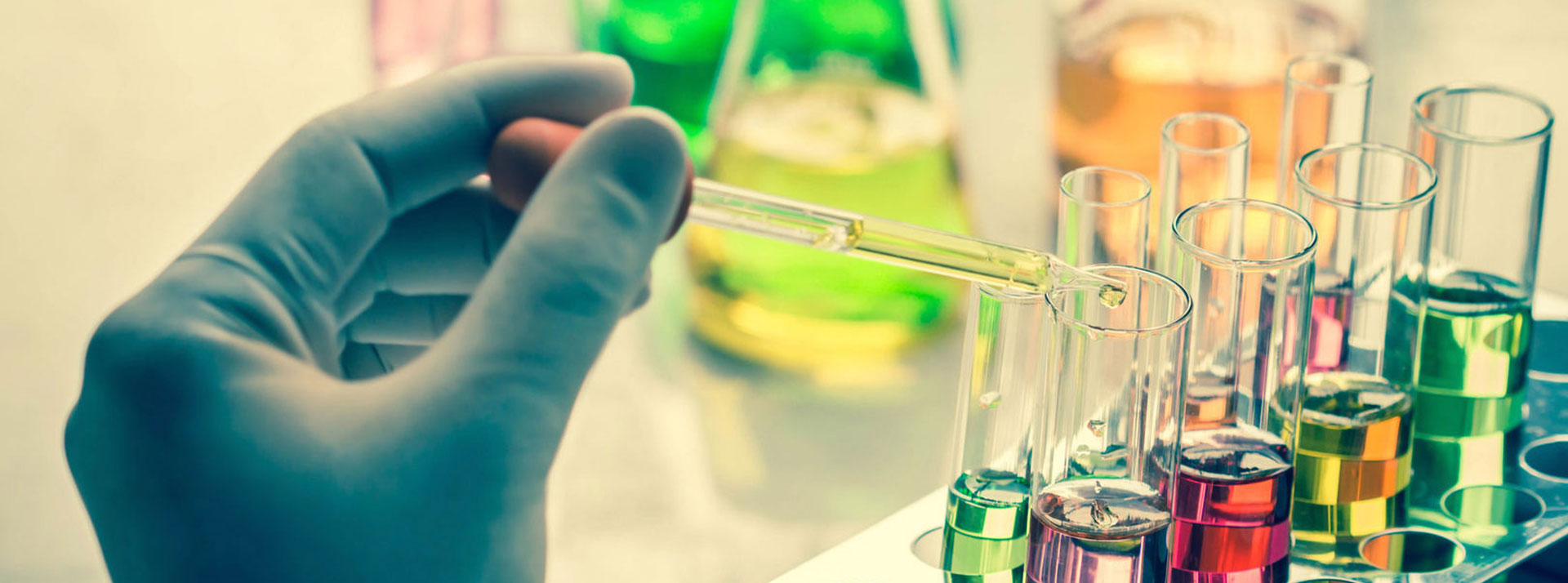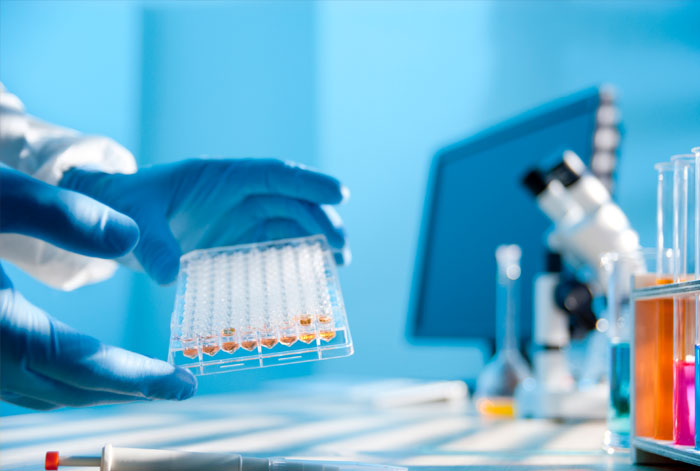




Chemical substance analysis studies are generally the determination of the structure of chemical compounds and chemical substances. There are two main areas of analytical chemistry: qualitative analysis and quantitative analysis. Qualitative analysis is the process of detecting elements and compounds found in an unknown material sample.

Quantitative analysis is the process of determining the weight and amount of each element or compound present. Laboratory studies for this purpose include numerous tests.
Chemical analyzes are carried out for a wide range of purposes, from material identification and specification to quality control monitoring. In many of these tests, standard methodologies such as the International Organization for Standardization (ISO), the German Institute for Standardization (DIN), the British Institute of Standards (BSI), the American Testing and Materials Association (ASTM) and the European Standardization Committee (CEN) are used. In the meantime, special analyzes and tests are carried out in line with the needs of the enterprises.
In advanced and accredited laboratories, raw materials, metals, mortars, ceramics, polymers, natural materials, wastes, gases and many other chemical-containing materials are analyzed in a variety of ways, such as compliance with regulatory requirements, component properties and consumer demands. In addition to traditional analytical methods, a wide variety of new methods are used in chemical analysis.
XRF (X-Ray Fluorescent Spectrometer)
XRD (X-Ray Diffraction)
ICP-OES (Inductively Coupled Plasma - Optical Emission Spectroscopy)
ICP-MS (Inductively Coupled Plasma - Mass Spectrometer)
IC (Ion Chromatography)
GC (Gas Chromatography)
GC-MS (Gas Chromatography - Mass Spectrometry)
FTIR (Fourier Transform Infrared Analysis)
NMR (Nuclear Magnetic Resonance)
Chemical analysis is mainly for quality control purposes (eg to ensure that materials and products comply with specifications), compliance with legal requirements (eg toxic metals, RoHS hazardous substances limitation, waste acceptance criteria), occupational hygiene or problem solving (eg contamination) , color change, corrosion, abnormal behavior).
The application is received, the contract and then the product, vehicle and vehicles for which, what kind of service is determined exactly.
The necessary laboratory environment is prepared and the products, tools and instruments requested by the organization are tested by experts with the reference of the existing standards and measurements are made.
The data obtained as a result of meticulously completed tests, measurements and analyzes are evaluated and accredited approved reports are submitted by expert engineers.
To get an appointment, to get more detailed information or to request an evaluation, you can ask us to fill in our form and reach you.